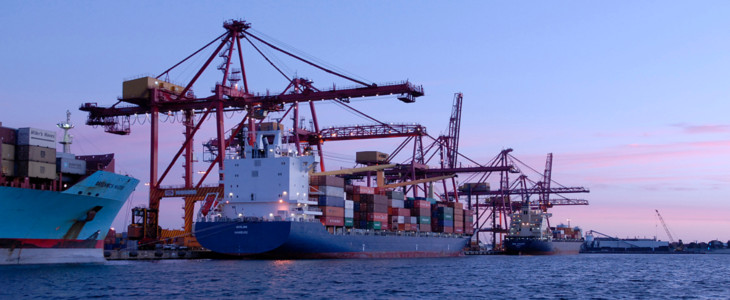1970 – Bottom of the Harbour Tax Avoidance
Bottom of the harbour tax avoidance schemes involved stripping a company of its assets and leaving it with unpaid tax liabilities. The company was then sold to someone else (often the criminal elements of Melbourne dockworkers), who subsequently destroyed the company records and disappeared. The term ‘bottom of the harbour’ was coined by members of the Sydney tax avoidance fraternity and referred to destroying company records and dumping them in the Sydney harbour.
Promoters such as lawyers or accountants generally facilitated the transactions for a fee equal to 20-25% of the tax avoided. As the original company owners paid no tax under the scheme, there were many willing participants (including large numbers of the medical profession). The Australian Taxation Office’s (ATO) 1986/87 annual report stated a total of 6,688 companies had been involved, avoiding $1 billion of tax.
Although the ATO first detected the bottom of the harbour scheme in 1973, bungling by several government departments meant nothing happened. All that changed in 1980 when the Costigan Royal Commission into the Federated Ship, Painters and Dockers’ Union found that some painters and dockers were part of sophisticated tax-avoidance schemes. Costigan revealed that dishonesty, gross negligence and incompetence in the Federal Crown Solicitor’s office had allowed extensive tax evasion.
The Crimes (Taxation Offences) Act 1980 put an end to bottom of the harbour schemes. Under the act it became a criminal offence for any person to make a company or trust unable to pay tax debts (income tax, sales tax, etc.), or to aid or abet any person or company doing so.
Two years later, the Taxation (Unpaid Company Tax) Assessment Act 1982 went further, allowing for the recovery of tax avoided under bottom of the harbour tax schemes between 1 January 1972 and 4 December 1980. Although the retrospectivity of the legislation was highly controversial, over $250 million in unpaid taxes was eventually collected from the sellers of the companies.
The Federal Directorate of Public Prosecutions charged fifty-eight people with conspiring to defraud the Commonwealth through bottom-of-the-harbour schemes, with the most high profile being Brian James Maher. Maher was involved in stripping 1400 companies and evading $150 million tax. In 1985, he was found guilty of conspiracy to defraud, and sentenced to five years in prison.
"You’d be stupid not to try to cut your tax bill and those that don’t are stupid in business"
- Bono: U2





